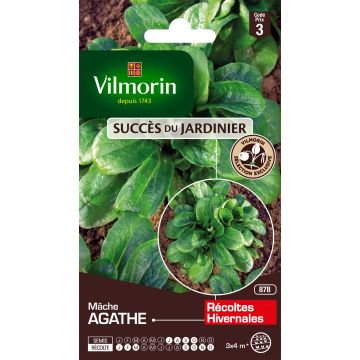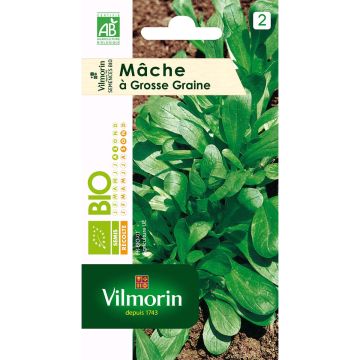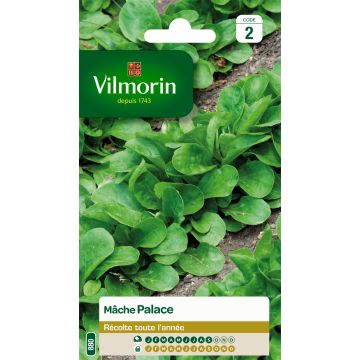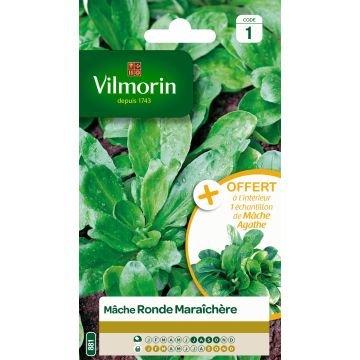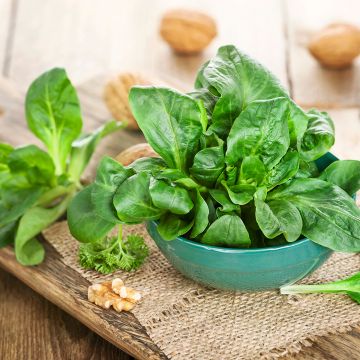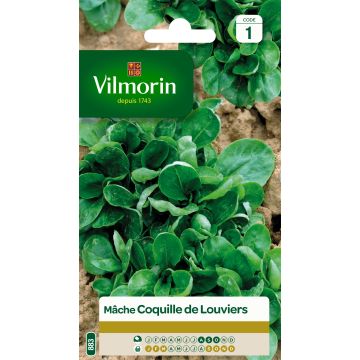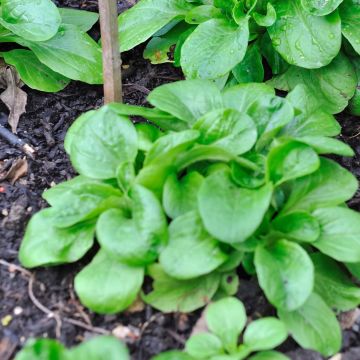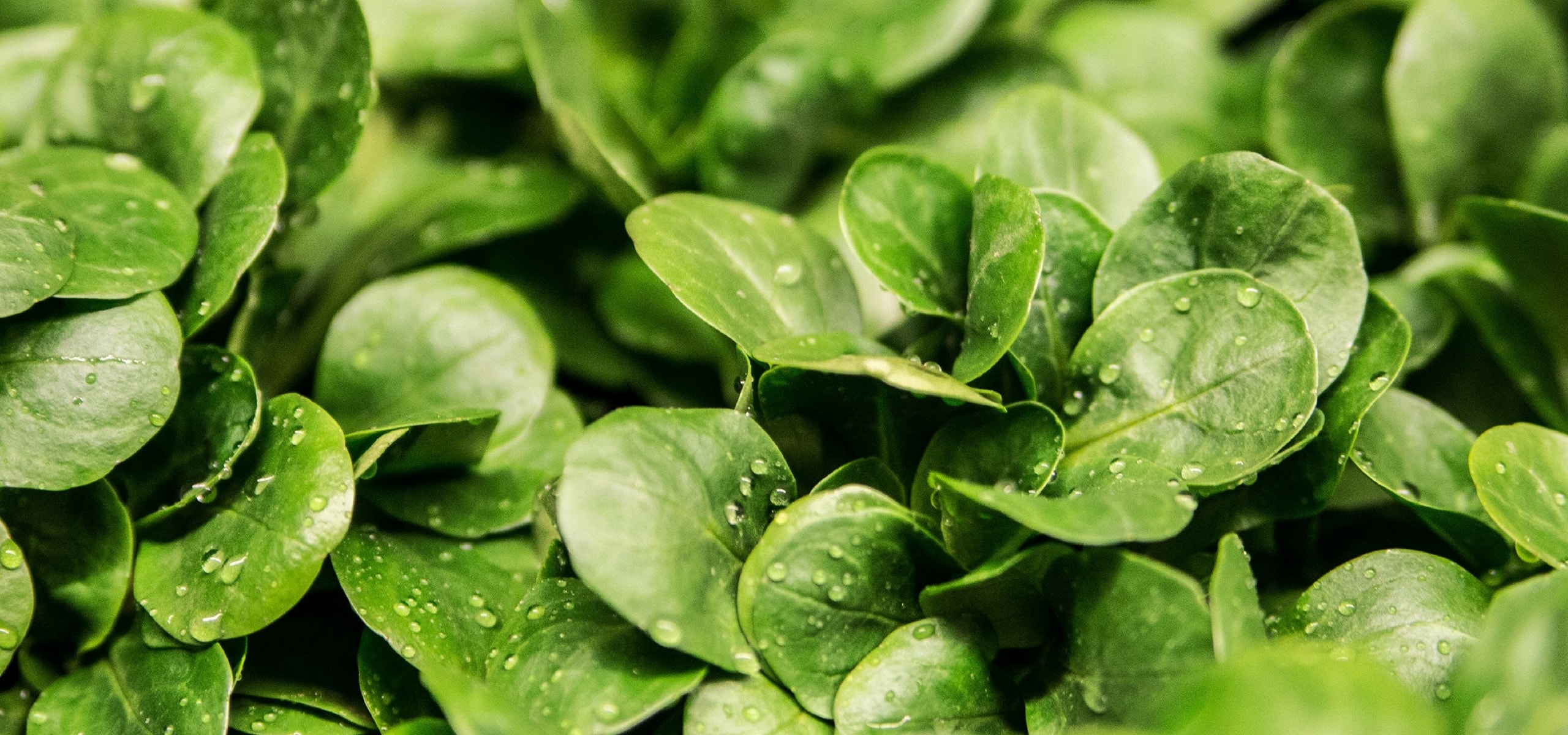
Succeeding in growing lamb's lettuce
From sowing to harvest
Contents
Lamb’s lettuce, also known as corn salad or Valerianella locusta, is a small, tender, and tasty green salad, highly valued for its easy cultivation and nutritional benefits. It adds a touch of freshness in autumn and winter, where other salads struggle to grow. It is generally sown in late summer, for a harvest between October and March depending on the varieties. This is a hardy salad, low-maintenance, and takes up very little space in the vegetable garden, easily fitting between the ranks of other vegetables. Follow our complete guide to successfully grow lamb’s lettuce in the garden, from sowing to harvest, including maintenance and potential diseases.
Where to grow lamb's lettuce?
Lamb’s lettuce is a small salad that is grown in full sun or light shade, in moderately rich soil. It prefers light, well-drained soils that are rich in humus. It does not tolerate heavy or clayey soils well, which can retain moisture and cause rotting. If your soil is a bit compact, feel free to lighten it by adding compost or sand.
It is a low-maintenance crop that can be easily interplanted between the ranks of other vegetables such as radishes, white onions, spinach, and escarole…
Lamb’s lettuce is typically grown in open ground in the vegetable garden, but it can also adapt to container or window box cultivation on a balcony, for example. In this case, choose a container that is at least 20 cm deep, with drainage holes at the bottom.
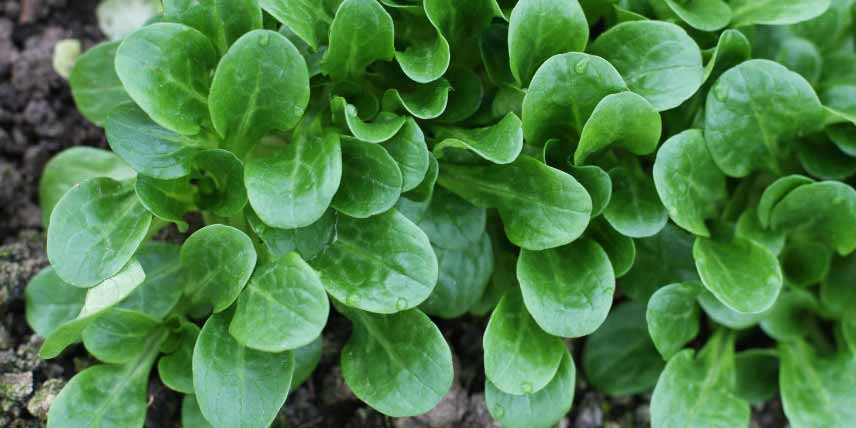
When and how to sow it?
Sowing lamb’s lettuce takes place in late summer or early autumn, typically from mid-July to mid-September. For regular harvests, consider staggering your sowings over time or growing different varieties.
Lamb’s lettuce can be sown in rows or broadcast, but plants from row sowing are much easier to maintain, which is why we recommend it.
For row sowing:
- Prepare the soil by removing weeds and using a rake or claw.
- Draw shallow furrows (about 1 cm deep) spaced 15 to 20 cm apart.
- Sow the seeds in the furrows, spacing them 0.5 to 1 cm apart. Lightly cover them with fine soil.
- Lightly firm with the back of a rake.
- Water with a fine spray to avoid displacing the seeds.
It is important to keep the soil moist until germination, which usually occurs between 10 and 15 days after sowing, depending on the temperature. To improve germination, cover the sowing with crates or a light mulch to provide shade and retain moisture.
For broadcast sowing, proceed in the same way, but use a dose of 5 to 7 grams (12 grams for large-seeded varieties) per 10 m².
To have lamb’s lettuce available over a long period, it is advisable to spread out the sowings over time.
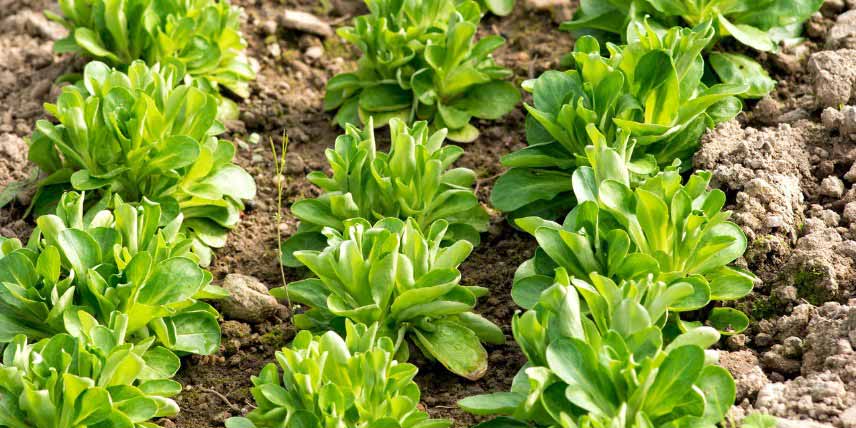 For easier maintenance, it is preferable to sow lamb’s lettuce in rows
For easier maintenance, it is preferable to sow lamb’s lettuce in rows
Discover other Lamb's lettuce
View all →Available in 1 sizes
Available in 1 sizes
Available in 1 sizes
Available in 1 sizes
Available in 1 sizes
Available in 1 sizes
Available in 1 sizes
Available in 1 sizes
Available in 1 sizes
Available in 1 sizes
How to care for it?
Lamb’s lettuce is undemanding, but a few simple actions can ensure a good harvest.
It is important to keep the soil slightly moist, especially during germination and growth, if the weather is dry. Remember to water regularly, but without excess, using a watering can.
Lamb’s lettuce is sensitive to competition from weeds. Regular weeding is essential to prevent weeds from smothering the young plants. Also, hoe the soil from time to time to aerate the earth and prevent crust formation on the surface.
We recommend mulching the soil, for example with fallen leaves, wood chips, or straw, to limit weed growth, maintain soil moisture, and protect the plants from the cold.
Some fairly hardy varieties like ‘Verte d’Étampes’ or ‘Coquille de Louviers’ allow for harvests until March, provided you protect them from severe cold using a frame, a winter cover, or a good layer of straw.
Lamb’s lettuce is sometimes affected by fungal diseases (caused by a fungus), particularly powdery mildew and downy mildew. These diseases develop especially if the soil is heavy, poorly drained, and if autumn is rainy and warm. You can use horsetail manure preventively against powdery mildew, as well as Bordeaux mixture against downy mildew.
Lamb’s lettuce leaves can also be eaten by slugs. We recommend using pellets based on iron phosphate or Ferramol. To learn more, feel free to consult our advice sheet “Slugs: 7 ways to fight naturally and effectively”
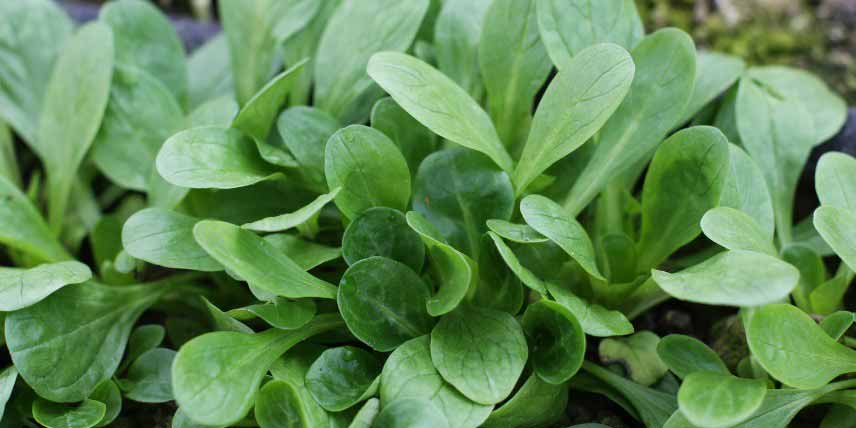
When and how to harvest it?
Corn salad is ready to be harvested between two and four months after sowing, typically between October and March, depending on the climate conditions and the variety. The harvest is carried out as needed and when the rosettes have developed well.
Corn salad is harvested by cutting the rosette at the base with a knife, just above the collar. Avoid pulling out the roots, as corn salad can sometimes regrow, providing a new harvest. Corn salad leaves can be stored for 2 to 3 days in the vegetable drawer of the refrigerator.
- Subscribe!
- Contents

































